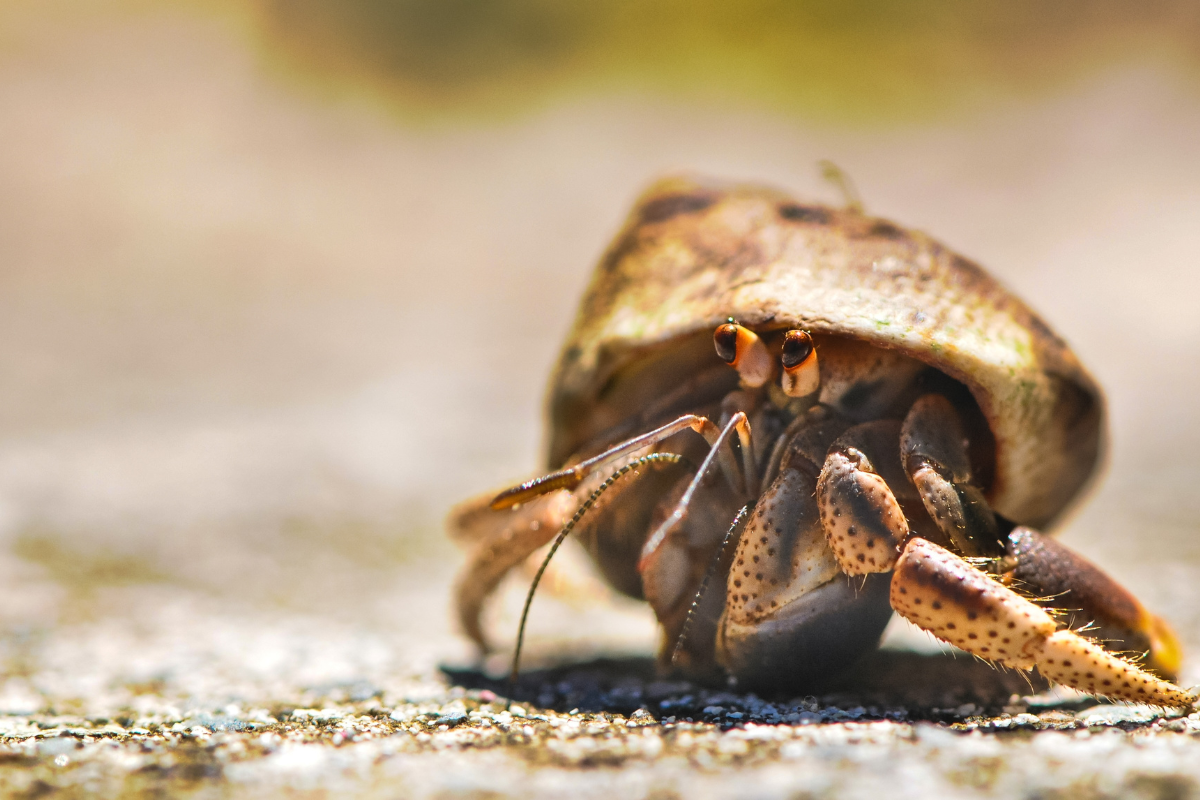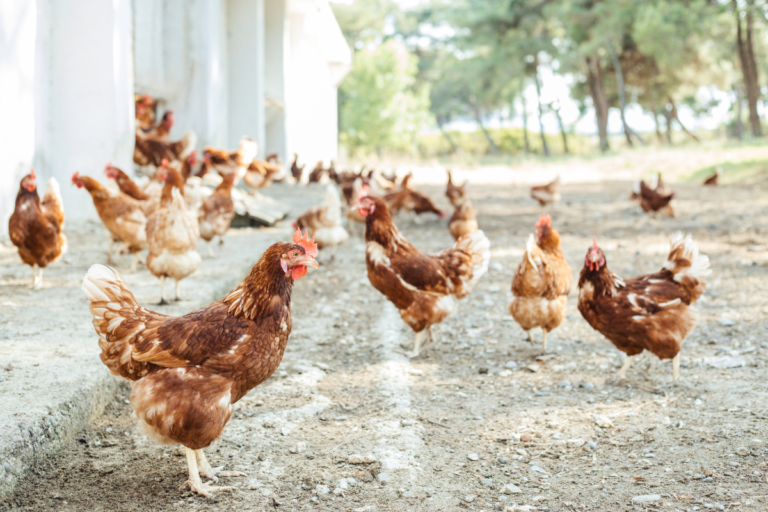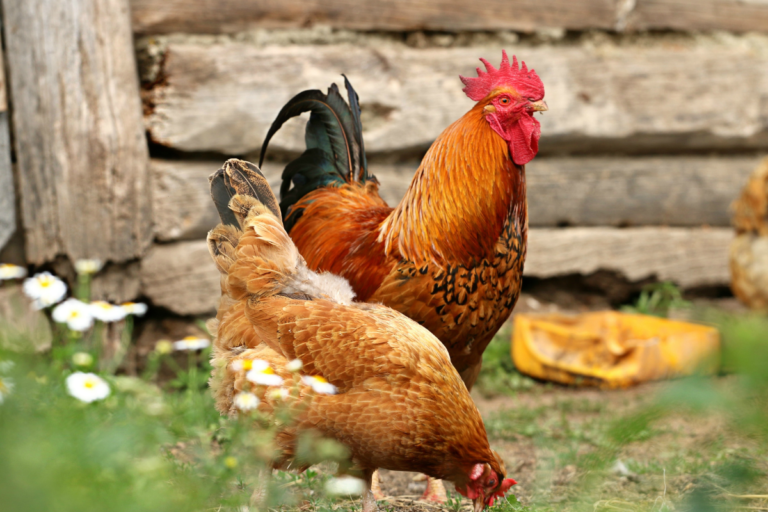A Beginner’s Guide to Hermit Crab Care
This post may contain affiliate links, meaning if you decide to make a purchase via my links, I may earn a small commission at no additional cost to you. You can read our full affiliate disclosure by clicking here.
Introduction:
Hermit crabs are fascinating and low-maintenance pets that can be a great addition to your home. These small crustaceans are known for their unique habit of using empty shells as mobile homes. In this guide, we will explore the essentials of hermit crab care, ensuring that you provide a comfortable and healthy environment for your tiny, shell-wearing friends.
1. Choosing the Right Hermit Crab:
- Species: There are several species of land hermit crabs available as pets. Some common species include Coenobita clypeatus, Coenobita compressus, and Coenobita violascens. Research the specific needs and behaviors of the species you plan to keep.
- Size and Health: Examine the hermit crab closely. Look for signs of good health, such as a smooth exoskeleton, active movement, and no visible injuries. A crab with missing limbs may indicate previous stress or injury.
- Shell Fit: Ensure that the shell the crab is occupying fits it well. The crab should be able to fully retract into the shell to protect itself.
2. Habitat Setup:
- Tank Size: The tank size depends on how many hermit crabs you plan to keep. As a general guideline, a 10-gallon tank can comfortably accommodate two to three hermit crabs.
- Substrate: Use a mixture of sand and coconut fiber (eco-earth) as a substrate. It should be deep enough for the crabs to dig and molt. Maintain the substrate’s humidity by misting it regularly.
- Heat and Humidity: Use a heat source, such as an under-tank heater or a heat lamp, to maintain a temperature range of 75-85°F. A hygrometer is essential to monitor humidity levels and keep them around 70-80%.
- Shells and Decor: Offer a variety of empty shells for your hermit crabs to choose from. You can also add hiding spots, climbing structures, and shells as decorations to make the habitat interesting.
3. Feeding:
- Balanced Diet: Hermit crabs are omnivorous and require a varied diet. Feed them a combination of commercial hermit crab food, fresh fruits (e.g., apples, bananas), vegetables (e.g., carrots, leafy greens), and protein sources (dried shrimp, fish flakes).
- Calcium and Supplements: Provide a calcium source, like cuttlebone, to support their exoskeleton health. Occasional supplements, such as crushed eggshells or calcium powder, can be added to their food.
- Water: Offer fresh, dechlorinated water in a shallow dish for drinking and bathing. Some hermit crabs may also enjoy a saltwater bath, so provide a separate container with marine saltwater (Instant Ocean) for them.
4. Social Interaction:
- Group Dynamics: Hermit crabs are social creatures, and they thrive when kept in small groups. Ensure you have at least two hermit crabs to prevent loneliness and stress.
- Observe and Learn: Pay close attention to their interactions and behaviors. Each hermit crab has a unique personality, and observing them can be an educational and entertaining experience.
5. Handling:
- Limited Handling: Avoid handling hermit crabs excessively. They are delicate and can be stressed by frequent handling. When necessary, handle them gently and with clean, moist hands.
6. Molting:
- Molting Process: Hermit crabs molt to grow, shedding their exoskeleton. During this process, they may hide in a burrow or a special molting chamber. Provide a dark, quiet, and undisturbed area for molting hermit crabs.
7. Awareness and Education:
- Continuous Learning: As someone passionate about educating others, it’s crucial to keep expanding your knowledge about hermit crabs and their care. Stay updated on the latest information and share your insights through your blog and social media to help others become responsible hermit crab owners.
Stay tuned for more fascinating insights on all things pet-related. And don’t forget to sign up for my email list to stay updated with the latest pet tips and tricks.







